Queensland’s population growth rate a far cry from glory years
SOME say it has unpredictable weather, and no culture, jobs or night life. Is it any wonder no one wants to live in Queensland?
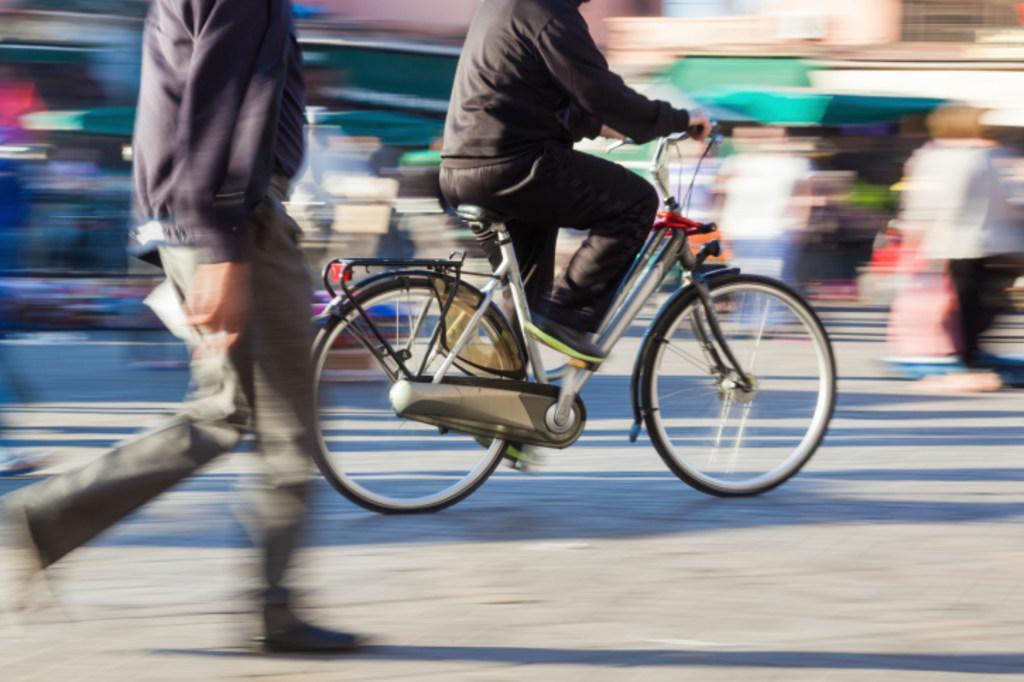
QUEENSLAND was once Australia’s population growth capital, attracting droves of out-of-towners to its enviable beaches, cheap housing and bountiful job opportunities.
But it seems the sun has set on those golden years.
Population growth is taking a nosedive in Queensland, with fewer people moving in as others move out. So much so, the state government has been forced to consider how to bring interstate and overseas migrants back, according to The Australian.
According to new Australian Bureau of Statistics data, Queensland’s population grew at only 1.3 per cent in the year ending March 31, lower than the national growth rate of 1.4 per cent.
Victoria has now claimed Queensland’s former title as Australia’s growth rate hotspot, at 1.7 per cent.
While some people are still moving interstate to Queensland, the volume is nowhere near what it used to be. Numbers of interstate migrants have plummeted from about 50,000 a year in the mid-2000s to just 6200 in the year to March.
There was also a 35 per cent decrease on the previous year in the number of overseas migrants choosing Queensland as their new home.
It’s a mounting trend, as Queensland’s population growth rate has been sluggish for the past few years.
So why don’t people want to live in Queensland anymore?
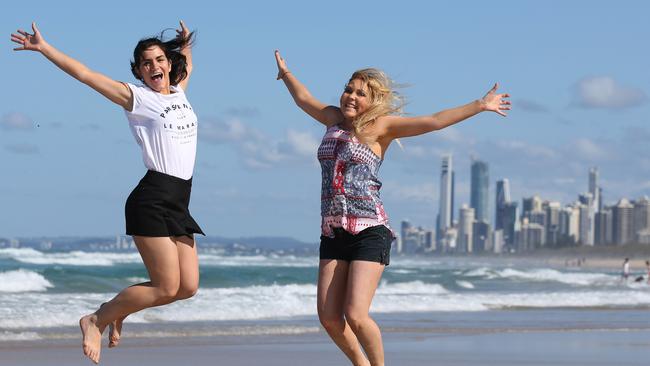
BECAUSE WE’RE JUST OVER IT
Queensland was once lauded as the state that was beautiful one day, perfect the next. And everyone rushed north — for a while. But maybe a sea change in sunny Queensland is simply not as appealing to Aussies as it used to be?
Demographer Bernard Salt, who addressed Queensland’s population growth woes in his column in The Australian this week, suggested that was indeed the case.
He also said heightened job security, sparked by the global financial crisis, caused a shift in where Australians looked for work.
“The rise in knowledge work stemming from the corporate heartlands of Sydney and Melbourne, together with an associated hipster subculture, suddenly made the city seem far sexier than the beach,” Mr Salt wrote.
“So powerful is the urge for employment, and especially in the knowledge industries, that Australians are now less inclined to submit to the lure of the coast.”
But Mr Salt also predicted the current trend would reverse, saying a sizeable cohort of retiring baby-boomers would eventually trickle back to Queensland and spend their autumn years in the irresistible northern sun.
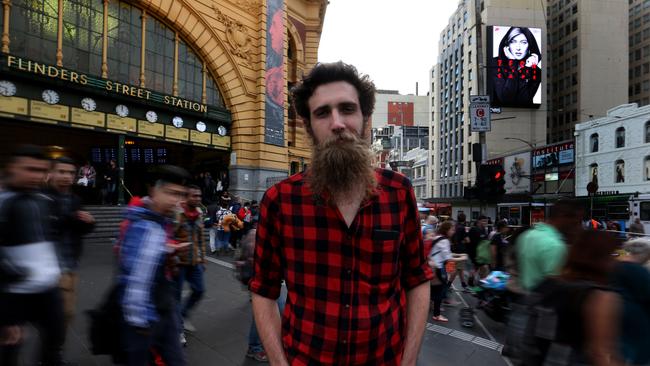
BECAUSE IT HAS NO CULTURE
Sydney and Melbourne has long battled over which city deserved the title of night-life/arts/music/fashion/dining capital of Australia. In the meantime, Brisbane has struggled to shake off the dubious honour of being a “cultural wasteland” — an accusation famously levelled at the state by historian Ross Fitzgerald.
And a perceived deficiency in culture in Queensland is precisely why musician Arun Roberts picked up sticks and left his home state for Melbourne this year.
“Melbourne is a much bigger pond,” he told The Australian.
“Queensland is great, you can go to the beach all year round, but if you’re not as fond of going outside as going to bars to see bands and art galleries to see shows, there’s more of it in Melbourne.”
But that’s a perception frequently smacked down by Queensland creatives, especially in Brisbane, which boasts thriving music, arts and night-life scenes, and a fledgling laneway and small bar culture.
And it flies in the face of 2015 data from the Australian Performing Rights Association, which shows that more songwriters are living in the state than ever before.
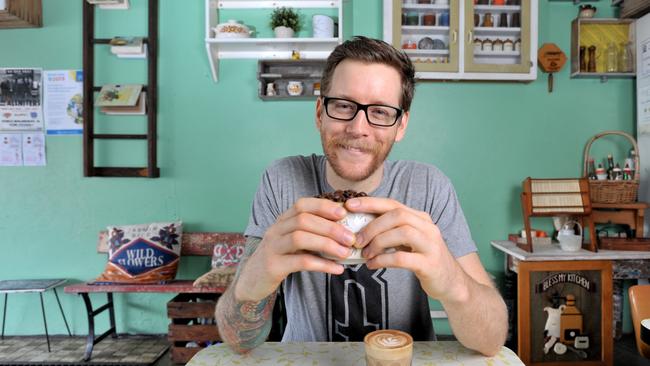
APRA’s figures revealed that Queensland was the second-fastest growing state for the number of earning songwriters. Hubs of musical creatines were not only identified in inner-city Brisbane but also in the Gold Coast suburb of Nerang and even in Cairns.
“I’ve never really spent time in a community which has such a fantastic emerging artist’s culture (as Cairns),” Tanks Art Centre and Cairns Festival program manager Roz Pappalardo said.
“Young artists have a great opportunity to develop through amazing programs and older artists go out of their way to foster younger musicians, so there’s a prevalent nurturing ethic. Those young artists have gone on to great things, with The Medics and Emma Louise both finding popularity after growing up in the encouraging environment here.”
Emma Louise has been a big supporter of Brisbane’s City Sounds program, which happens to be the largest free music program in Australia.
“Many don’t see Brisbane as a place where artist would move to pursue music move to Melbourne or Sydney,” she said.
“I think Brisbane is just as good. For me I wouldn’t move anywhere else in Australia.”
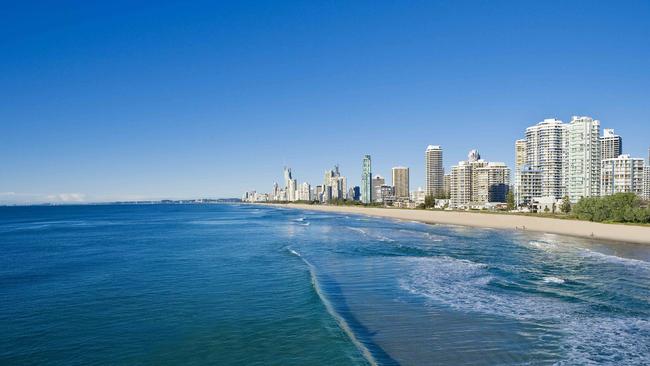
BECAUSE YOU DIDN’T HEAR ABOUT STAMP DUTY
If you’re looking to buy a home, know this: the costs of buying a house are actually a lot cheaper in Queensland.
DJ Stinger Property Services principal David Stringer, who sells real estate on both sides of the NSW-Queensland border, said stamp duty was “definitely” cheaper on the northern side.
“For an owner occupier in Queensland, on a house that was, say, $450,000, the stamp duty is going to be around $7000,” he told news.com.au.
“If you go to New South Wales, the stamp duty is about $15,760. So it’s more than double for an owner-occupier in New South Wales. For investment it’s much the same, but for occupier it’s obviously a lot cheaper.”
Mr Stringer said while the price savings were significant he didn’t think that actually influenced where people chose to live. The Gold Coast has plenty of other charms to boast.
“A lot of people prefer to live in Queensland rather than New South Wales for other reasons, such as pensions and health benefits,” he said.
“A lot of people think the Queensland values are more stable than New South Wales, especially around Tweed — they think that Queensland has a little bit more strength to the market.”
Mr Stringer said while many people chose to live right near the Gold Coast’s famous beaches, “really great property” could be found just one kilometre inland, not to mention the suburban ring that was still only minutes from the coast.
He said the local market had stabilised after recent property grab that drove prices up.
“But now there’s a bit more property coming on the market so that’s starting to even itself out,” he said.
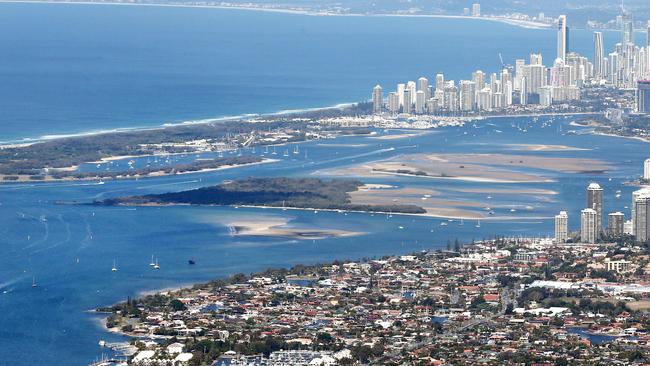
“I think there’s a bit in it for everybody. There’s good things for the sellers, there’s a bit more coming in for the buyers: I think it’s a really even plate at the moment.”
Southeast Queensland has been regularly flagged as the smartest place to invest in property right now. Millionaire realtor John McGrath said earlier this year the “golden triangle” from Toowoomba, up to the Sunshine Coast and down to the Gold Coast was his pick to invest for capital growth.

On the flip side of the coin, Queensland has also topped the national list for places where house prices are falling, and fast.
In what would bring joy for buyers but admittedly a lot of hurt for sellers, Core Logic RP Data’s Pain and Gain Report, out this week, reveals the top three worst loss-making sales across the country are in the Queensland regional towns of Mackay (46.6 per cent sold at a loss), the Fitzroy region (including Rockhampton and Gladstone), where 35.6 per cent sold at a loss, and Townsville (34 per cent). The Wide Bay region, including Bundaberg sold at a 31.9 per cent loss, and Cairns (25.3 per cent) also made the national top ten.
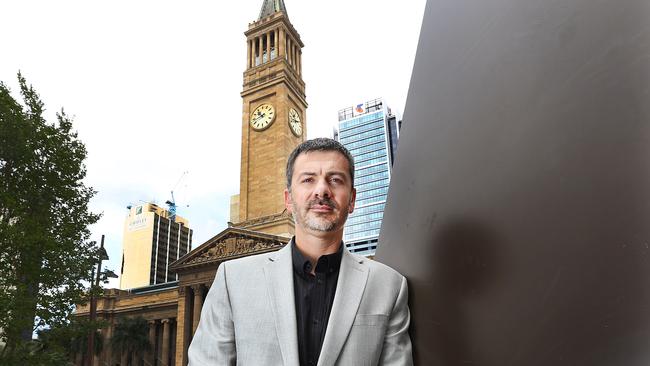
BECAUSE THERE’S NO WORK
It’s no doubt people have left Queensland for employment opportunities elsewhere.
Mr Stringer said he had definitely seen people leave the Gold Coast to seek work in another region or state.
“I think a lot of people moved out of the area to move into mining areas, not just in the Queensland mining areas but WA and in all other areas,” he said.
“And the corporate sector have gone to Sydney and Melbourne where they have big corporate offices.
“You have to remember that the Gold Coast is driven on tourism and hospitality, and it’s not for everybody. It’s a great place to live, but if you’re in a corporate world or somewhere a bit different, some people do find work a little hard to come by.”
Meanwhile, in some areas further north, unemployment is skyrocketing. In Mackay, the worsening resources downturn has seen the unemployment rate jump to 8.1 per cent in August, up from 5.8 per cent in July, according to ABS figures released this month.
The hurt is also being felt other regional areas such as Townsville (10.3 per cent) and the Fitzroy region (8.7 per cent). It’s something newly appointed National Australia Minister Josh Frydenberg may help redress with a possible ports, rail and airport boom designed to recharge the north Queensland economy.
But it’s not all bad news. There is a lot of excitement about local enterprise and innovation, and Queensland has even been singled out as the state that will lead the country in start-up development.
The city of Ipswich has been identified as a digital hub and hopes to replicate the success of Chicago’s 1871 entrepreneurial hub with a brand-new start-up incubator of its own, Fire Station 101. Meanwhile some have gone so far as to suggest Brisbane could be Australia’s answer to Silicon Valley.
“The government here (in Queensland) recognises the value of start-ups, which isn’t true in other places around the country just yet,” Silicon Valley entrepreneur Adrian Turner said.
“The other thing is the government is investing in grants to help these start-ups. It is starting to happen in other places, but I’m not aware of any other visiting entrepreneur programs existing in the country.”
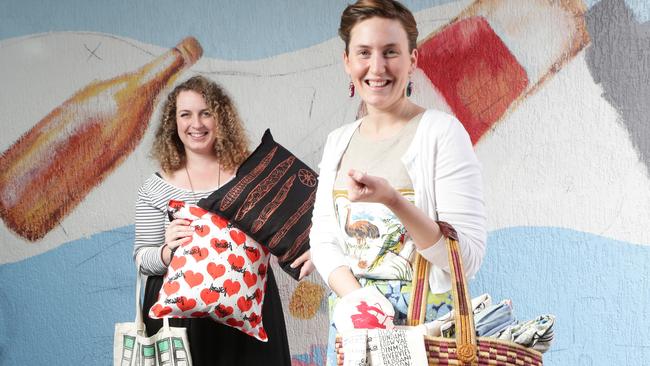
BECAUSE WE’RE NOT LOOKING IN THE RIGHT PLACES
While Queensland’s overall population growth rate remains sluggish, some parts of the state are flourishing.
The city of Ipswich, just west of the Brisbane CBD, has seen its population growth rate increase by 2.6 per cent, well above the national average.
Mayor Paul Pisasale has helped turn his city around from a “laughing stock” 15 years ago to a thriving metropolis that has more recovered from the loss of its rail and coal industries.
“We were feeling sorry for ourselves, we were complaining but we decided to do something about it,” he told news.com.au.
“Fifteen years ago people didn’t want to say they lived in Ipswich. We were exporting our kids.
Now we’re a young city — 25 per cent of our city are under 15 (years) and only 10 per cent are over 65 so we’ve gone from being a potential retirement village to a young city where people want to live.
“How did we do it? We became a more welcoming city, we became a city where people matter, and try to keep ahead of the game in terms of where jobs are created and embracing technology.
“Cities that don’t embrace jobs and a new type of technology are not going to survive.
“They used to say we were a two-head city and I was pleased about it because it meant we were twice as smart as everywhere else.”
He’s not just joking. Last year Ipswich was praised as Australia’s smartest city, after it was named in the world’s Top 7 most Intelligent Communities for 2015 by the Intelligent Community Forum (ICF) in New York, thanks largely to its forward-thinking investment in technology.
It was the first time an Australian location had made the coveted Top 7 since the State of Victoria in 2004.
“The city is understanding what livability is all about: it’s about creating jobs and creating lifestyle through jobs,” Cr Pisasale said. “Being out of work is being more than being unemployed: it affects your whole family.
“We’ve created a city where people matter and making technology a way of life.
“One of the things I’ve learnt about people living in Ipswich is that people are not forced to live here, but they want to live here.
“But it’s important to remember that wherever you live in Australia, one shouldn’t say my home is better than your home or my state is better than your state unless we’re playing football against each other.
“What we should be saying is how can we make our country the best it can be.”



